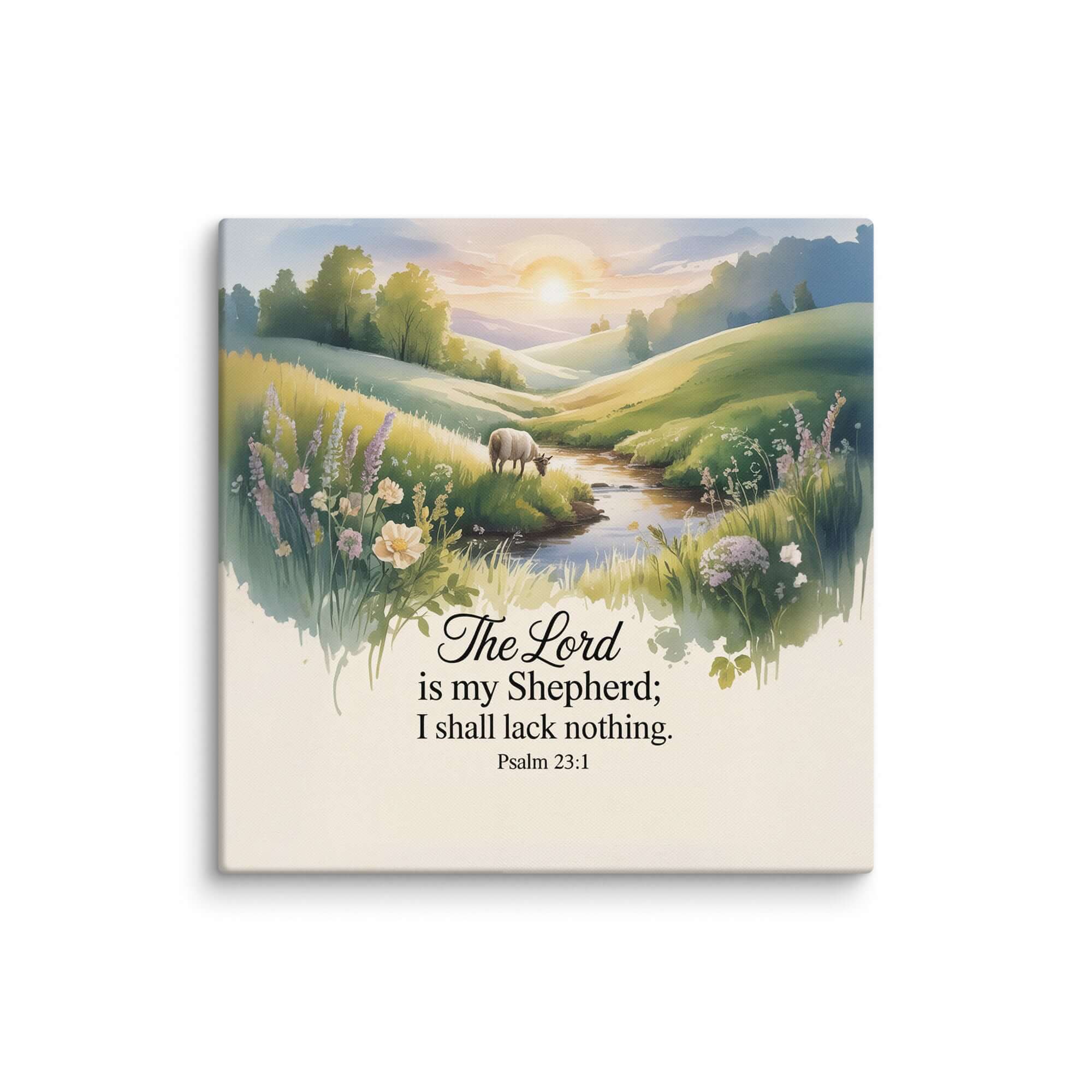The first four books of the New Testament—Matthew, Mark, Luke, and John—are known as the Gospels. They tell the story of Jesus Christ’s life, death, and resurrection. While each book covers similar events, they each have a unique style, audience, and purpose. Together, they give us a full picture of who Jesus is and why He came.
The Gospel of Matthew
Matthew, also called Levi, was a tax collector before becoming a disciple of Jesus (Matthew 9:9). His Gospel highlights how Jesus fulfilled Old Testament prophecies, making it especially meaningful to Jewish readers. Matthew quotes Scripture often to show Jesus as the promised Messiah.
“Do not think that I came to destroy the Law or the Prophets. I did not come to destroy but to fulfill.” — Matthew 5:17
Key themes in Matthew include the Kingdom of Heaven, Jesus as King, and the fulfillment of prophecy. The book contains the Sermon on the Mount (Matthew 5–7) and the Great Commission (Matthew 28:19–20).
The Gospel of Mark
Mark’s Gospel is the shortest and most action-focused. Many believe it was based on the preaching of Peter, as Mark was his close companion (1 Peter 5:13). Written to Roman believers, Mark emphasizes Jesus’ miracles and His role as the suffering Servant.
“For even the Son of Man did not come to be served, but to serve, and to give His life a ransom for many.” — Mark 10:45
Mark uses the word immediately often, showing the urgency and power of Jesus’ ministry. It paints a vivid picture of Jesus as a man of action.
The Gospel of Luke
Luke was a physician and companion of the Apostle Paul (Colossians 4:14). His Gospel is the longest and most detailed, written with a historian’s care. Addressed to Theophilus (Luke 1:3), Luke shows Jesus as the Savior for all people, not just Israel.
“For the Son of Man has come to seek and to save that which was lost.” — Luke 19:10
Luke includes parables found nowhere else, such as the Good Samaritan (Luke 10:25–37) and the Prodigal Son (Luke 15:11–32). He also pays special attention to women, the poor, and outcasts.
The Gospel of John
John, the “beloved disciple,” wrote a Gospel unlike the others. His goal was to show that Jesus is the Son of God and that by believing in Him, we can have eternal life (John 20:31). John highlights Jesus’ divine nature and focuses on His identity rather than only His works.
“In the beginning was the Word, and the Word was with God, and the Word was God.” — John 1:1
John includes seven “I Am” statements of Jesus (such as “I am the bread of life” in John 6:35), which reveal His divine role. His Gospel is filled with deep spiritual meaning.
Comparing the Four Gospels
| Gospel | Author | Audience | Focus | Key Verse |
|---|---|---|---|---|
| Matthew | Disciple, tax collector | Jewish readers | Jesus as King, fulfillment of prophecy | Matthew 5:17 |
| Mark | Companion of Peter | Roman believers | Jesus as Servant, man of action | Mark 10:45 |
| Luke | Physician, companion of Paul | Gentiles (all nations) | Jesus as Savior for all people | Luke 19:10 |
| John | “Beloved disciple” | All believers | Jesus as Son of God, divine nature | John 20:31 |
Why Four Gospels?
God gave us four different Gospels so we could see Jesus from multiple perspectives. Like four witnesses describing the same event, each Gospel adds depth and detail. Together, they show us the fullness of Christ—His kingship, servanthood, compassion, and divinity.
“Jesus did many other things as well. If every one of them were written down, I suppose that even the whole world would not have room for the books that would be written.” — John 21:25
























